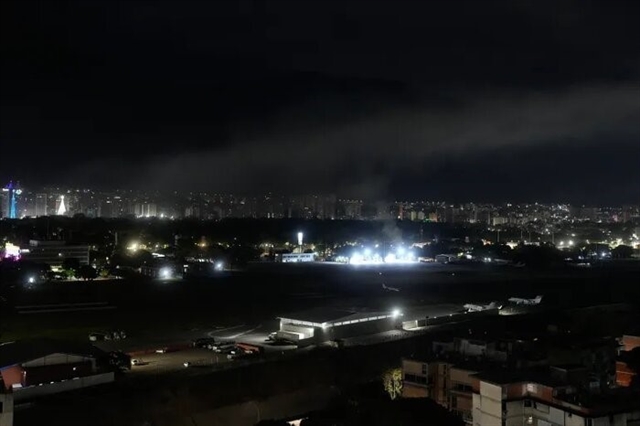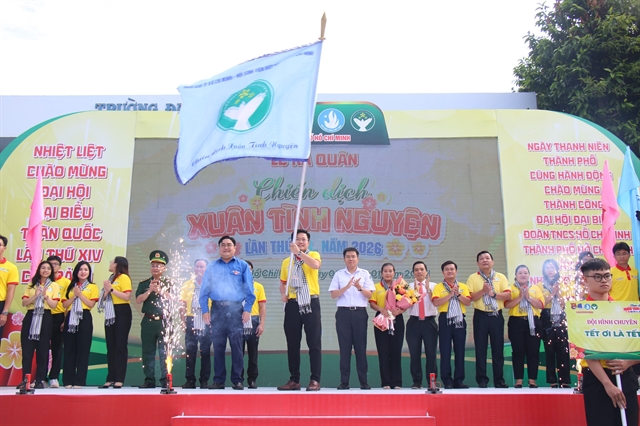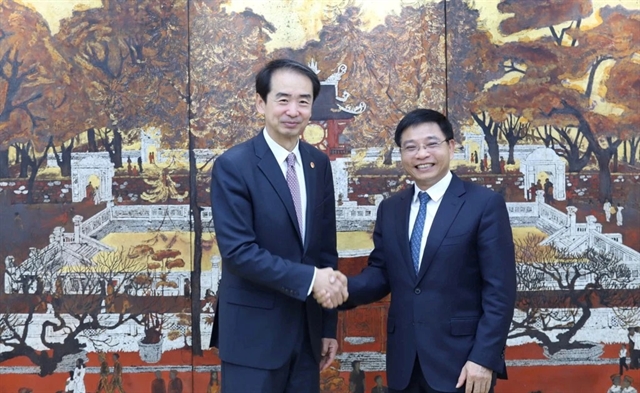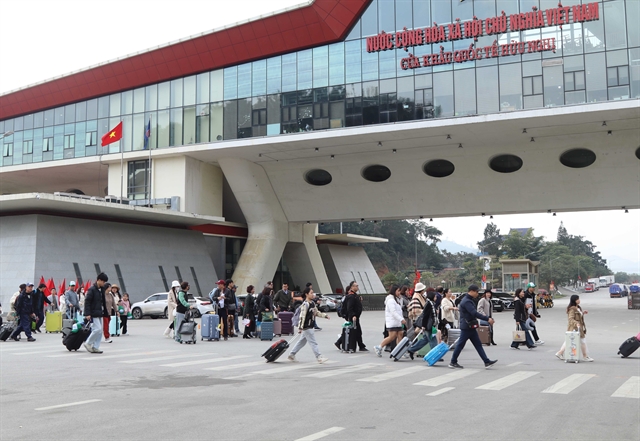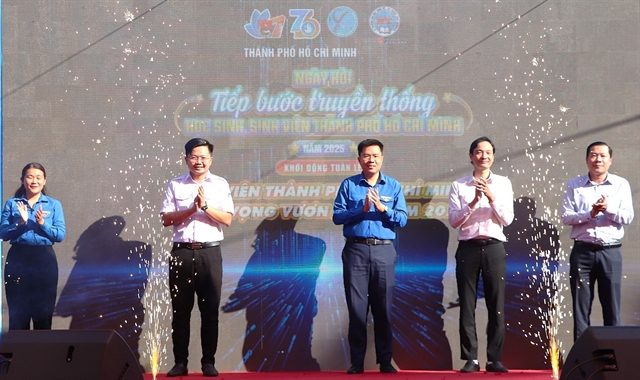 Society
Society

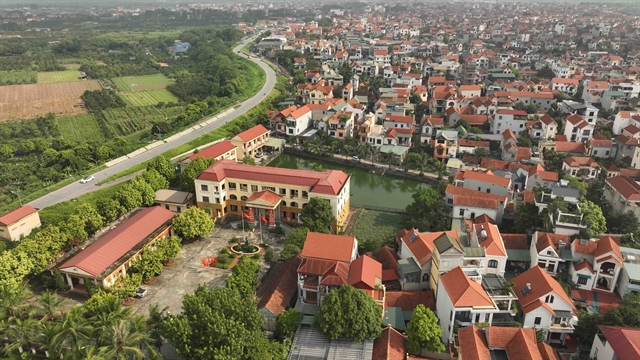
|
| Hà Nộiis transforming its rural areas into prosperous and livablecountryside communities. |
HÀ NỘI — Hà Nội is not only the political, economic and cultural centre of Việt Nam – it is also a land that preserves the deep-rooted values of the country’s wet rice civilisation.
Behind its modern skyscrapers and dynamic urban districts lies a vast rural region, rich in development potential and now undergoing a profound transformation through the implementation of the National Target Programme on New Rural Development.
Implementing the programme in Hà Nội has not been without challenges. The city’s expansive geography, dense population and numerous remote communes with underdeveloped infrastructure and low living standards have posed significant difficulties.
However, with strong political will and concerted efforts from all stakeholders, Hà Nội’s countryside has taken on a new face –modernised infrastructure, improved livelihoods and a thriving cultural life.
In the outlying areas of Hà Nội, it is easy to notice the changes: smoother roads, cleaner public spaces and more vibrant villages. The growing dynamism of suburban communes is gradually narrowing the development gap between rural and urban areas.
A compelling example can be seen in Yên Bài Commune, once a mountainous locality facing many hardships. Today, thanks to strategic investments from the city, Yên Bài has undergone a remarkable transformation.
Infrastructure is now well-developed, and community cultural houses have been built to serve local residents. Nguyễn Thị Duyên, a Mường ethnic resident of Muồng Phú Vàng Hamlet in Yên Bài Commune, shared:
"My family has lived here for generations and witnessed the transformation of our village. Thanks to Government policies for mountainous economic development, our commune has become a tourist destination. People’s incomes have improved, homes are larger and more modern and ethnic minority communities like ours are now receiving greater support."
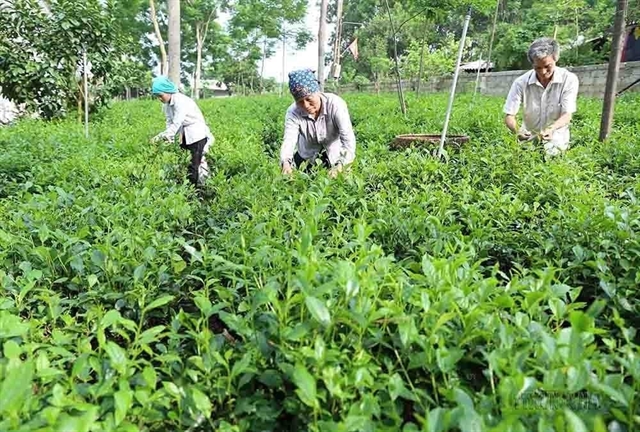
|
| Mường ethnic minority people in Yên Bài and Suối Hai Communes (Hà Nội) cultivate high-quality tea following new rural development standards. |
A key success of the New Rural Development Programme in Hà Nội is the shift in agricultural thinking, from small-scale, fragmented farming to market-oriented production. Farmers are now working with businesses, forming cooperatives and applying advanced technology in agriculture.
Phúc Sơn Commune was newly established through the merger of five former communes: Mỹ Xuyên, Phúc Lâm, Đồng Tâm, Thượng Lâm and Tuy Lai.
Although it has only been officially in operation for just over a month, the Party Committee, local government and residents of Phúc Sơn have swiftly stabilised the administrative structure and promptly begun implementing key socio-economic development tasks.
Their goal is to gradually unlock local potential and advantages, building Phúc Sơn into a sustainable, modern and culturally rich commune.
With a large agricultural area, fertile land and a long-standing farming tradition, Phúc Sơn focuses on rice cultivation, vegetable farming and livestock breeding – sectors being actively transitioned toward bio-safe, commodity-oriented production.
Households are adopting modern models, such as fruit farming under VietGAP standards and closed-loop livestock systems, helping to increase productivity and income.
Phúc Sơn also boasts significant potential for eco-tourism and craft village tourism, with natural attractions like Tuy Lai Lake and Mo Hill, alongside traditional handicraft villages in Trì and Nội Hamlets, offering a strong foundation for the commune to build its own unique rural tourism products.
In Thiên Lộc Commune, the benefits of rural development are evident, from clean village roads to improved agricultural output and growing tourism activities. The standard of living is rising, urban conveniences are arriving, and yet, traditional cultural values are being preserved.
Hà Nội has also supported numerous rural economic models that significantly improve income and quality of life. For instance, the Đông Cao General Services Cooperative in Mê Linh Commune specialises in safe vegetable and fruit production on about 200ha, including 10ha certified to VietGAP standards.
The cooperative’s products are sold in supermarkets and clean food stores, generating VNĐ200–250 million per hectare per year (approx. US$8,000–10,000).
Other notable models include the phalaenopsis orchid greenhouse of Ngô Minh Trưởng in Tam Hưng Commune, which covers just 2,500sq.m but generates annual revenues in the billions of Vietnamese đồng (hundreds of thousands of US dollars), thanks to modern environmental control systems.
Similarly, Vũ Văn Mạnh in Cao Sơn Tiến Commune has found success with organic asparagus farming, achieving both high productivity and sustainability.
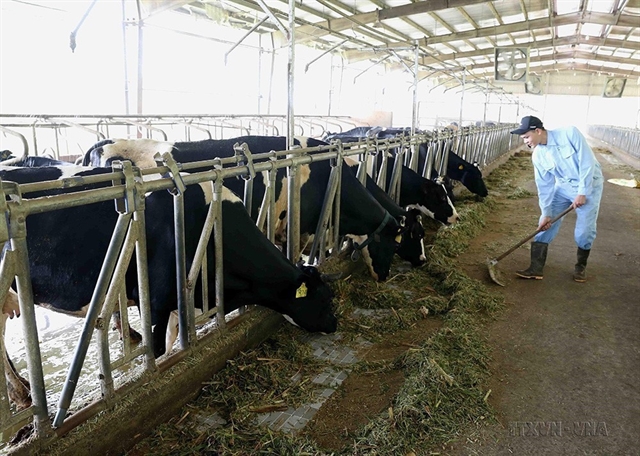
|
| A dairy cattle farm operated by Nguyễn Quang Toàn in Suối Hai Commune (Hà Nội), developed in partnership with an enterprise under the new-stylerural development criteria. |
With these achievements in hand, Hà Nội is now entering a new stage of rural development under the two-tier local government model, officially implemented from July 1, 2025.
The city has reorganised its commune-level administrative units to improve effectiveness and better serve its citizens. As a result, the number of rural communes in Hà Nội has been streamlined to 75.
According to Ngọ Văn Ngôn, Deputy Chief of the Standing Office of Hà Nội’s New Rural Development Coordination Office, Hà Nội is entering a new phase of development. Localities must build upon the results achieved in the New Rural Development Programme, operate the new two-tier government system effectively, and focus on sustainable economic growth by tapping into their unique strengths and potentials.
The journey of rural transformation in Hà Nội is a vivid illustration of how tradition and modernity can go hand in hand – how local governance and grassroots participation can together deliver impactful change.
From purely agricultural villages, Hà Nội’s rural communes are evolving into vibrant, livable communities with modern infrastructure, green environments and steadily rising standards of living. — VNS
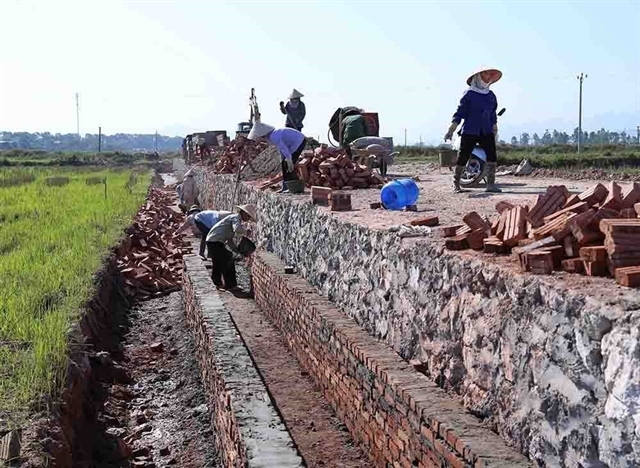
|
| Concrete-lined irrigation canals and upgraded inter-field roads inHương Sơn Commune (Hà Nội) is part of rural infrastructure modernisation. — Photo courtesy of ??? |
The article is published under the coordination of the Coordination Office of the New-Style Rural Development Programme in Hà Nội.

